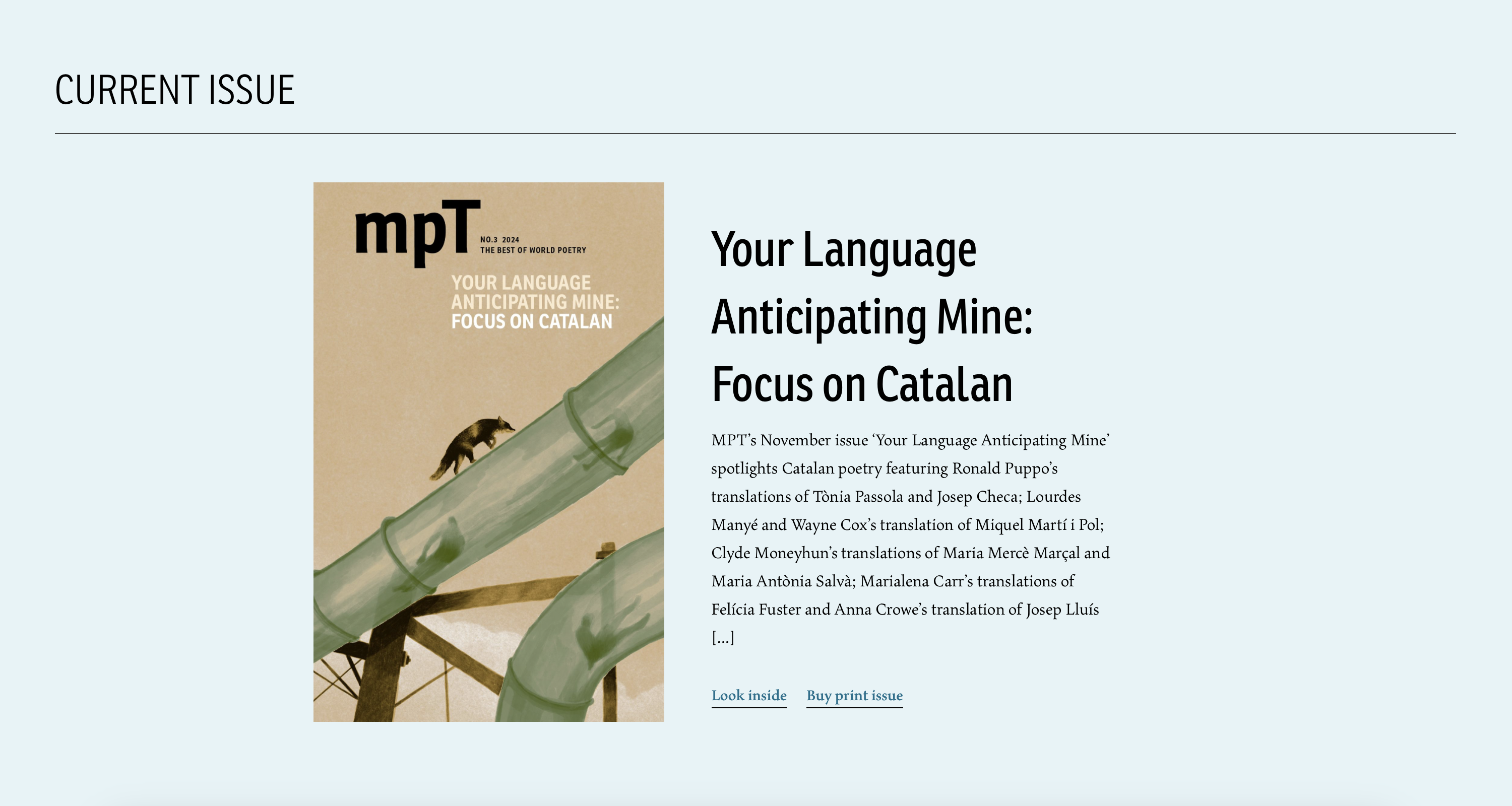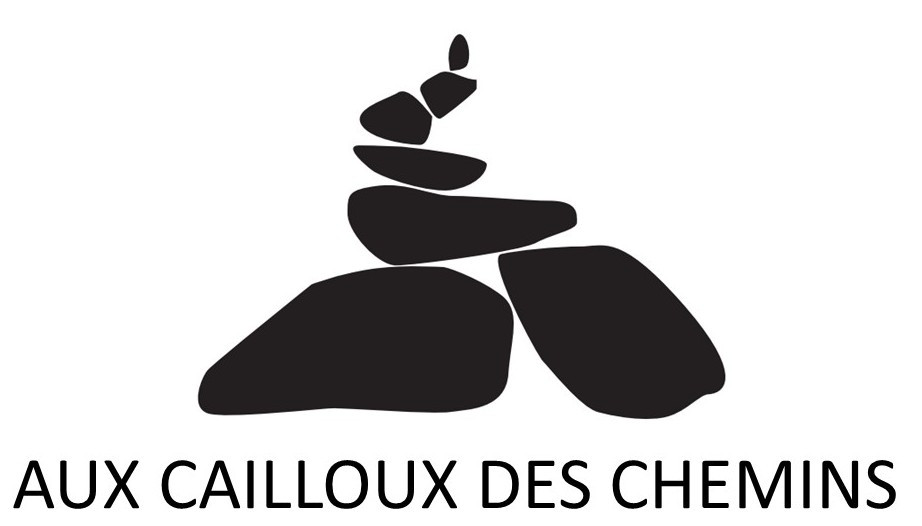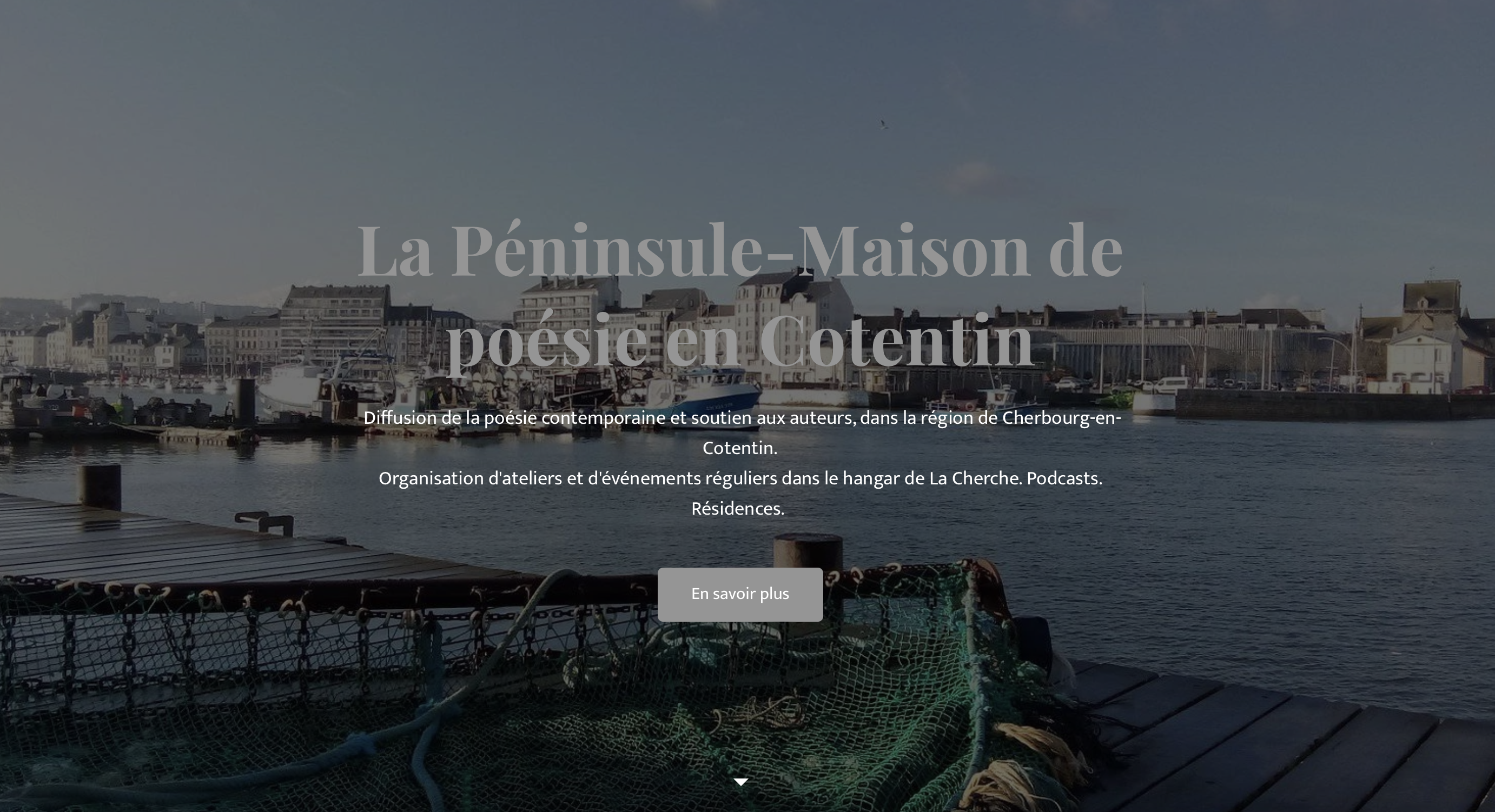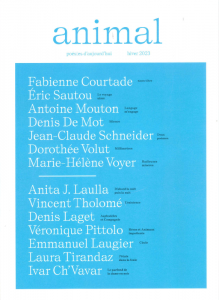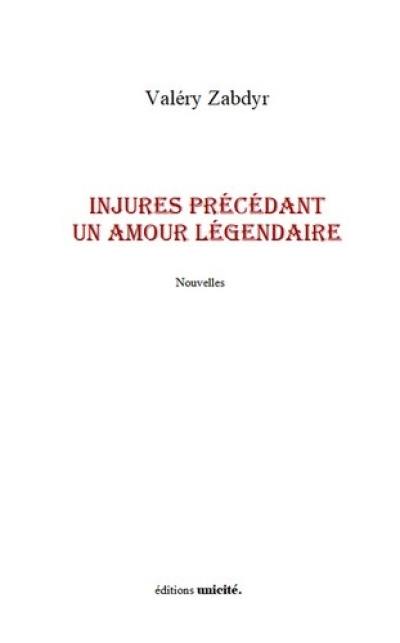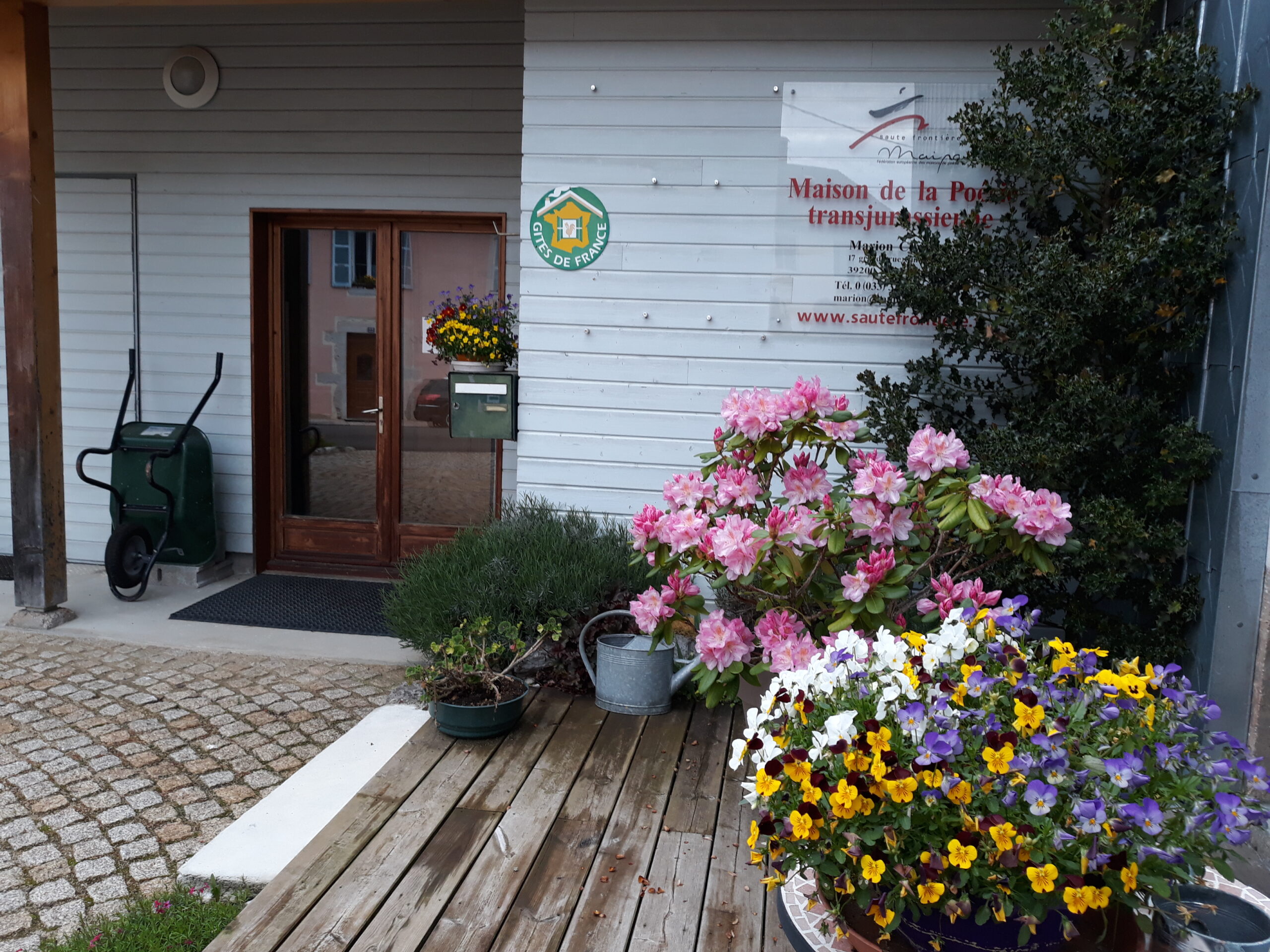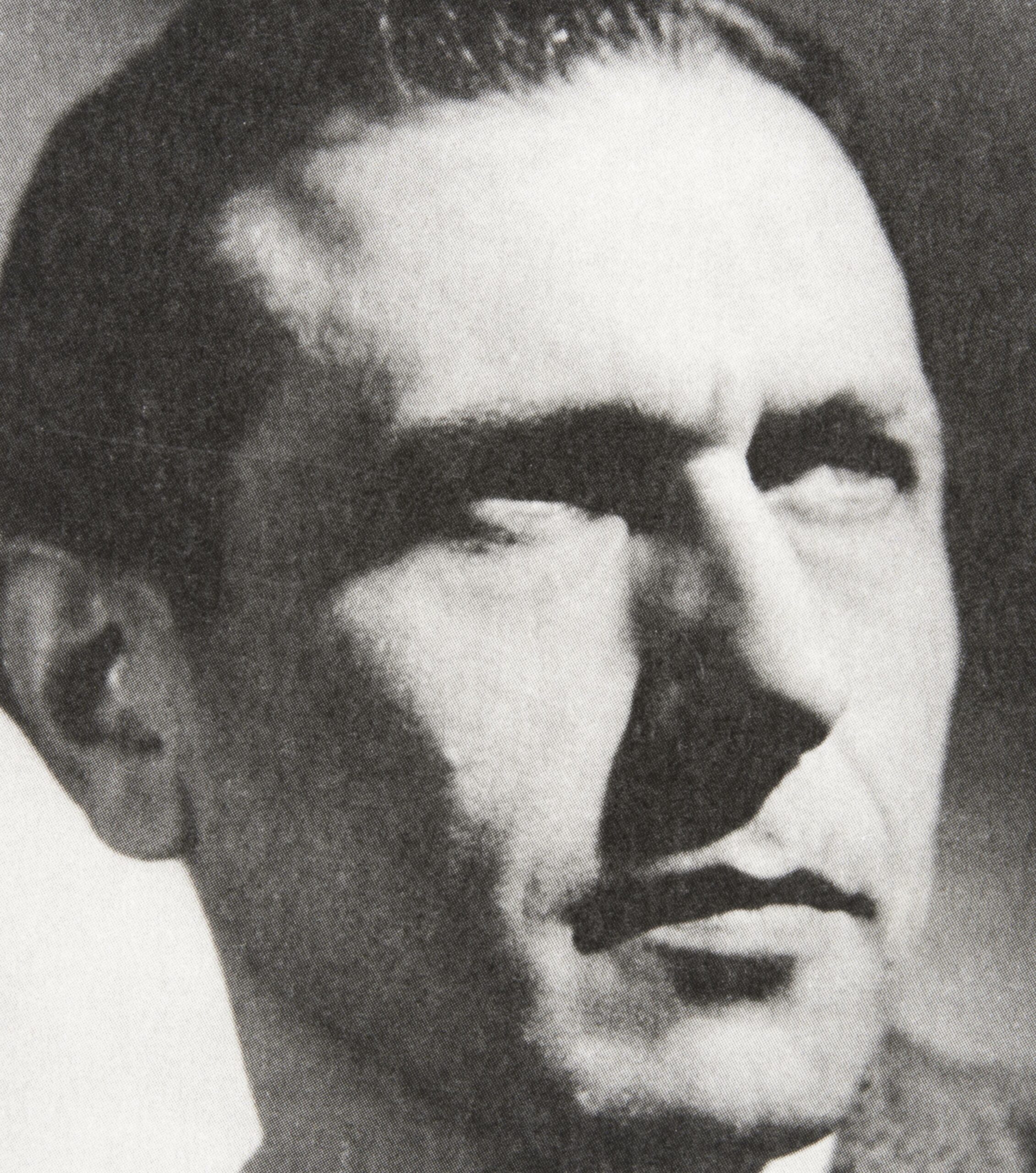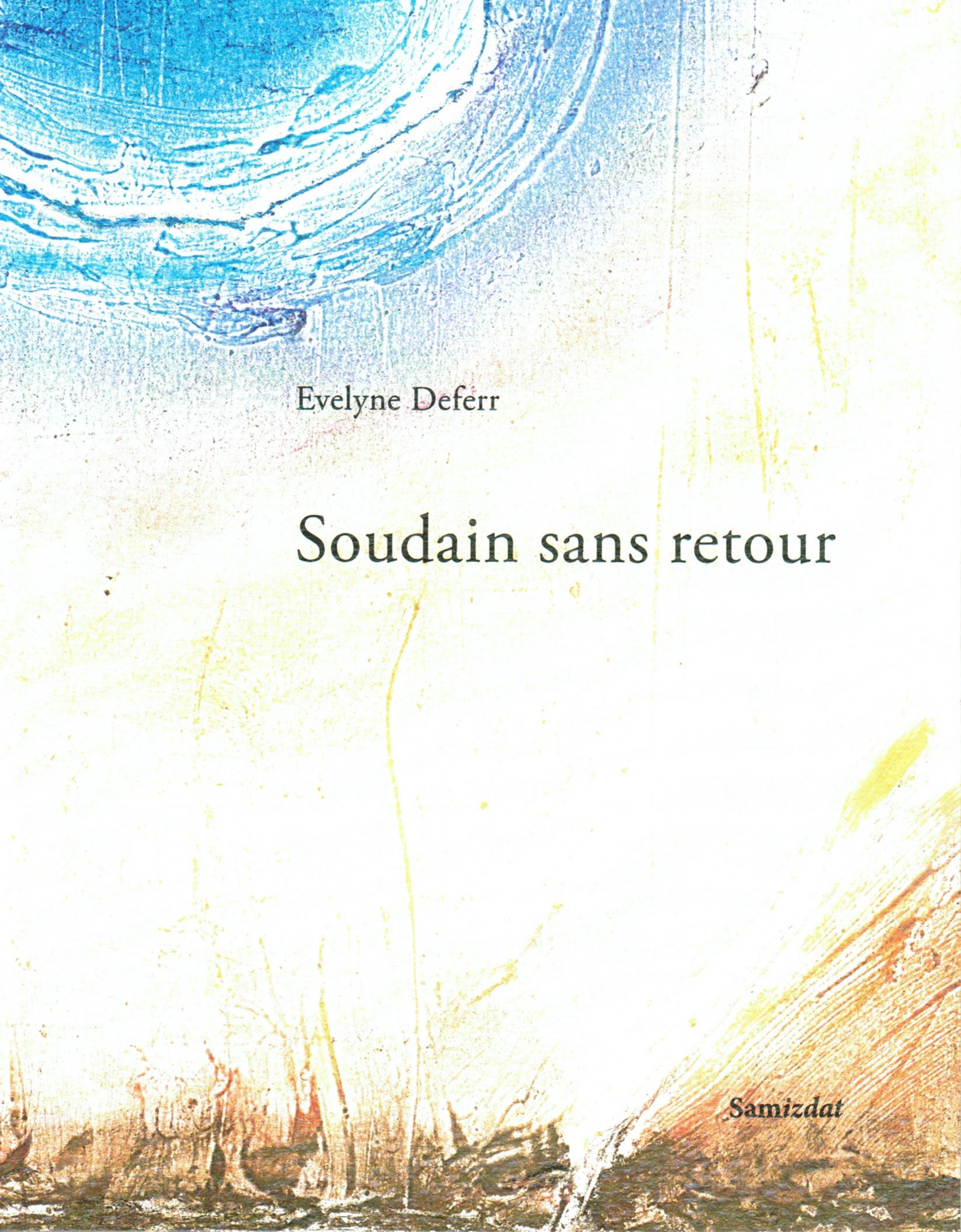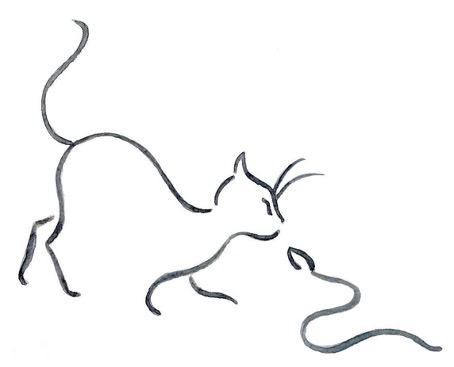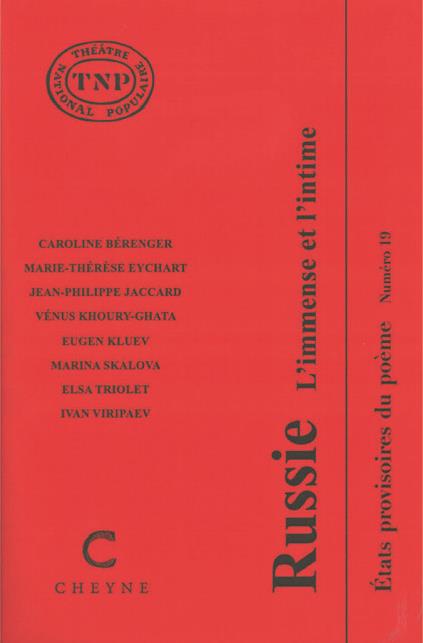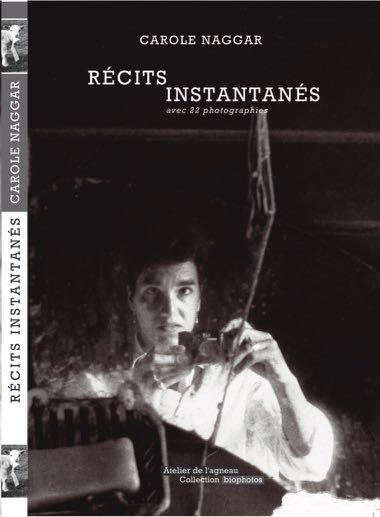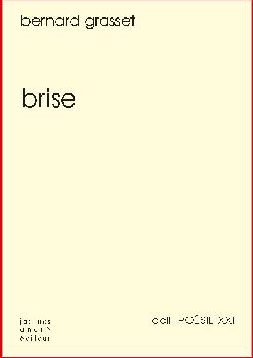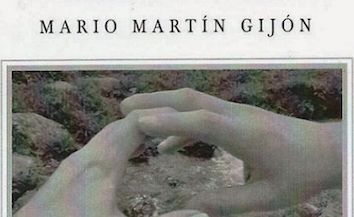“I did only Satyrs. I wanted to stop that sarcastic laughter
that made me go mad.”
Yannoulis Halepas, 1878
I have every right to be alone
– a minute presence –
I alone have every right
to observe
the well-crafted volumes
the black grimaces on this marble.
I want to understand
(try to understand)
what it is that hastens to give the brain its freedom
what – in extreme refinement –
it is that asks the brain to give back its freedom
the whole story
the scenario and the hammer.
The artist tried to do this.
It is 1878.
The Acropolis exists.
This country exists (exists?)
“under observation” – be it so –
and “in deteriorating condition ”
the face filtered through the wrinkles
(he might almost guess the agitated movements passing by
the holograms on this marble)
Whatever exists will be destroyed
every single clay model
every single study
the soul exposed
to this impulsiveness
overwhelming the empty air (empty?)
the air filled with empty agitation
don’t turn around/don’t believe it/don’t deceive your mind with ghosts of this kind
I have every right to be alone
I alone have every right
to observe
this face
the laugh on this face
eroding consciousness
projected elastic
the whole face a laugh
drenching/ years now/ the mind/ bending it
to the point of utter resistance
where only the wind can bend.
The world becomes smaller and smaller — almost empty.
(what is the true primal essence of things)
The mind stops resisting.
The hands remain inert.
I have every right to be alone.
I want to stop this laughter.
I want to hear beyond it.
Translated by Richard Pierce
* In the winter of 1877–1878 the famous Greek sculptor Yannoulis Chalepas suffered from a severe nervous breakdown: he destroyed hundreds of clay models, studies and sculptures, mainly of heads of Satyrs. He was put ‘under observation’ and, ultimately, sent to Italy to recover. He soon returned to Greece to study the sculpture of the Acropolis.


